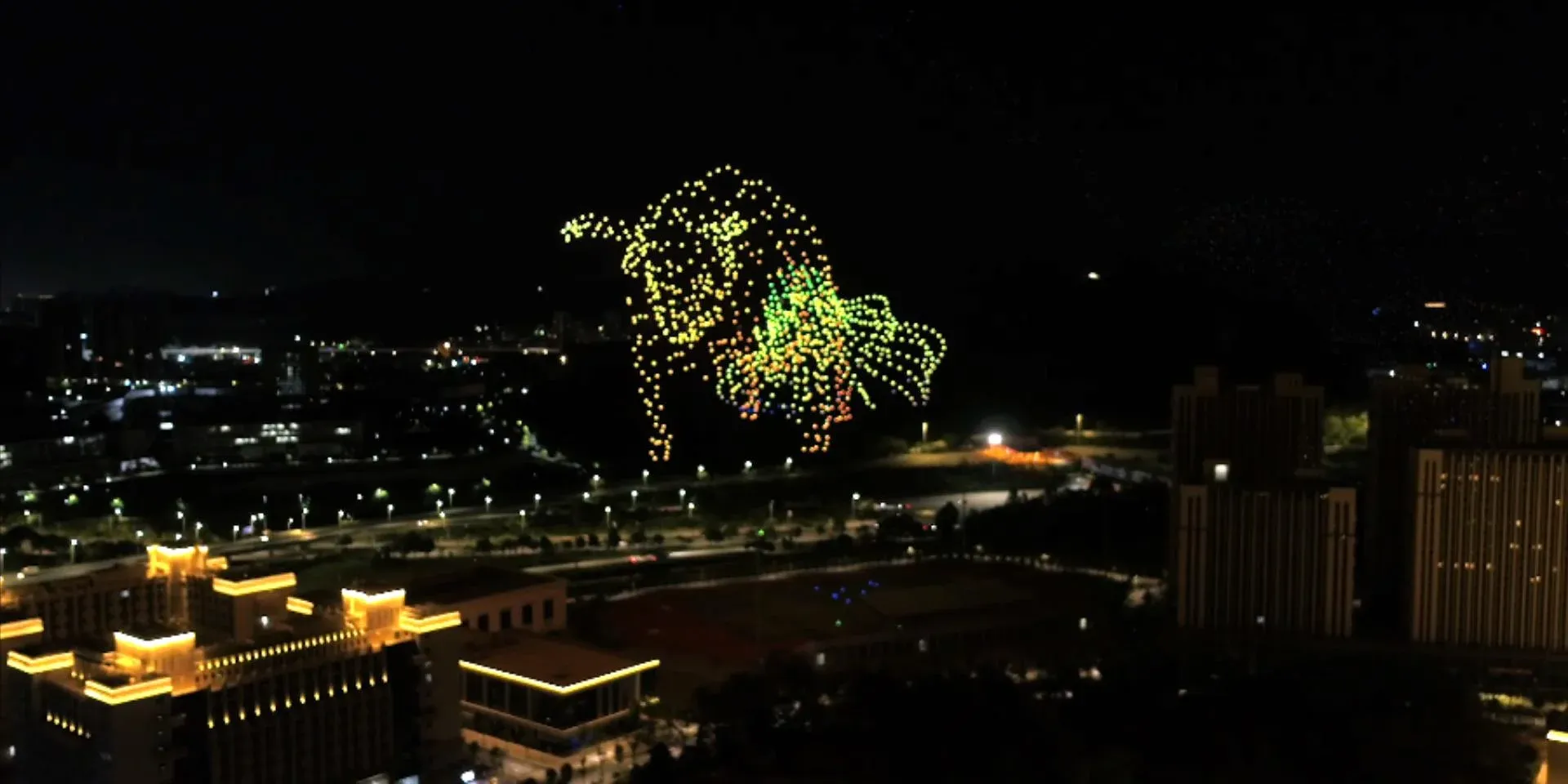How to Locate an Outdoor Drone During a Light Show?
Drones have become an integral part of modern light shows, providing breathtaking aerial displays that captivate audiences. However, ensuring the safe and efficient operation of these drones is paramount. In this blog post, HighGreat, a high quality outdoor drone supplier, will share with you how to locate outdoor drone during light show, covering various tips and techniques that can be used to maintain control and visibility.
Understanding the Importance of Outdoor Drone Location
Before diving into the specifics, it's crucial to understand why locating a drone is important during a light show:
- Safety: Prevents collisions with other drones, structures, or people.
- Regulation Compliance: Ensures adherence to airspace regulations and no-fly zones.
- Operational Efficiency: Facilitates smooth coordination among multiple drones.
- Emergency Response: Enables quick action in case of malfunctions or emergencies.

Pre-Show Preparation of Light Show Drone
1. Site Survey
Conduct a thorough site survey to understand the area's geography, potential obstacles, and any no-fly zones. This information is vital for planning the drone's flight path and ensuring it remains within safe operational limits.
2. Equipment Check
Ensure all drones are equipped with the necessary hardware for tracking and communication, such as GPS modules, altimeters, and telemetry systems.
3. Regulatory Compliance
Verify that all drones are registered and that the operation complies with local aviation and privacy laws.
4. Communication Setup
Establish a robust communication system between the ground crew and the drone operators, including backup communication methods in case of signal loss.
Light Show Drone Tracking Technologies
A. GPS Tracking
Utilize GPS technology to track the drone's location in real-time. This is the most common method for outdoor drone tracking.
B. Visual Line of Sight (VLOS)
Train operators to maintain visual contact with the drone, especially during the initial stages of the light show.
C. Radio Frequency (RF) Telemetry
Use RF telemetry to monitor the drone's status and location, providing an alternative to GPS in case of signal interference.
D. Light Beacons
Equip drones with visible light beacons or strobes to enhance visibility, especially in low-light conditions.
E. Infrared (IR) Tracking
Infrared technology can be used for tracking drones, especially when they are flying at night or in areas with high ambient light.
F. Radar Systems
For large-scale light shows, consider using radar systems to monitor the airspace and track multiple drones simultaneously.

Integration with Light Show Drone Software
1. Synchronization
Ensure that the drone's flight path and light patterns are synchronized with the light show's music and visual effects.
2. Automated Flight Systems
Utilize automated flight systems that can adjust the drone's position and movements in real-time based on the show's requirements.
3. Real-time Monitoring Software
Implement software that allows operators to monitor the drone's status, location, and flight path in real-time.
Safety Protocols of Outdoor Drone
1. Pre-flight Checks
Perform comprehensive pre-flight checks to ensure the drone is in optimal condition for the show.
2. Emergency Procedures
Establish clear emergency procedures for drone operators to follow in case of equipment failure or loss of control.
3. Crowd Safety Measures
Implement crowd safety measures, such as setting up safety zones around the performance area and informing the audience of potential risks.
4. Weather Monitoring
Continuously monitor weather conditions and be prepared to halt the show if conditions become unsafe for drone operation.
Post-Show Analysis of Outdoor Drone
1. Data Review
Review the data collected during the show to identify any areas for improvement in drone operation and location tracking.
2. Equipment Maintenance
Conduct post-show maintenance checks on all drones and equipment to ensure they are ready for future performances.
3. Feedback Collection
Gather feedback from the audience, operators, and ground crew to understand the overall success of the drone's integration into the light show.
Conclusion
Locating an outdoor drone during a light show is a complex task that requires careful planning, the use of advanced technologies, and strict adherence to safety protocols. By following the guidelines outlined in this guide, you can ensure a successful and spectacular light show that captivates audiences while maintaining the highest standards of safety and operational efficiency.

 Telephone No.Email
Telephone No.EmailMailbox number:marketing@hg-fly.com



